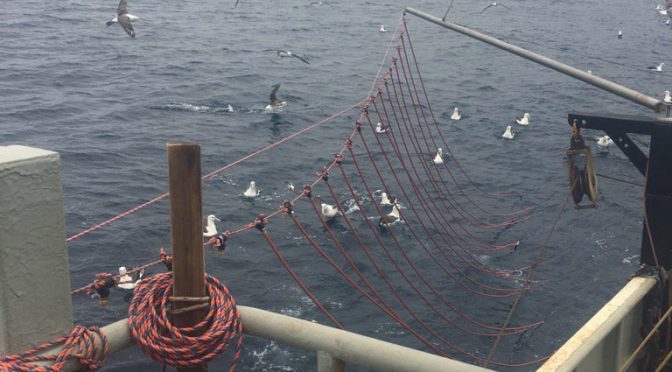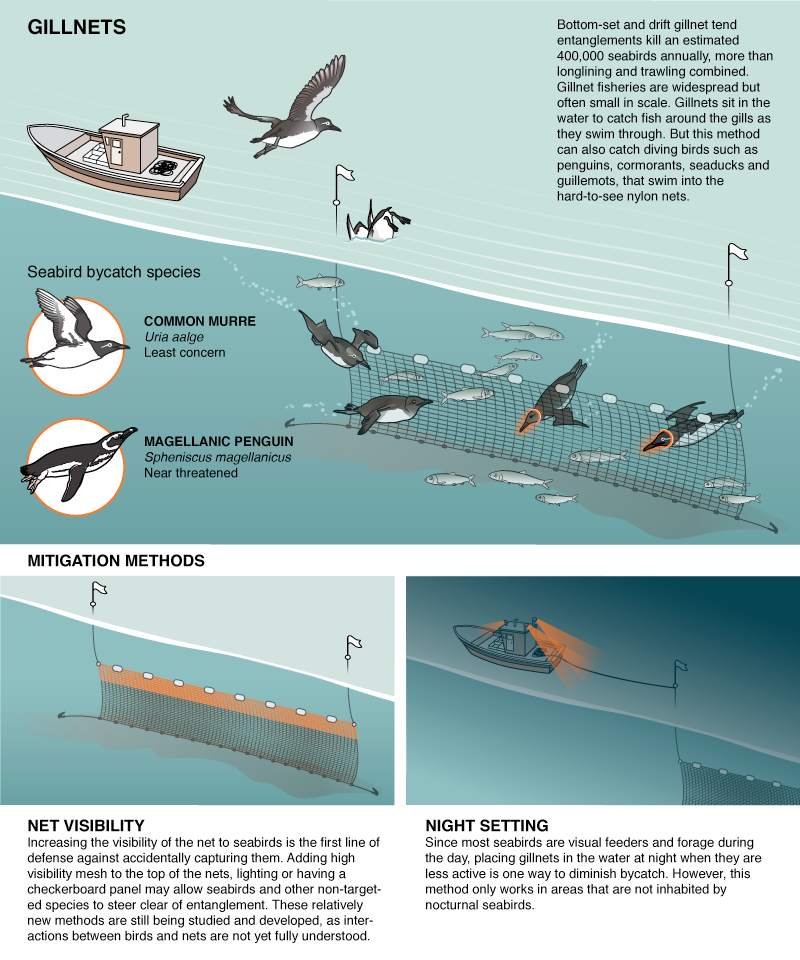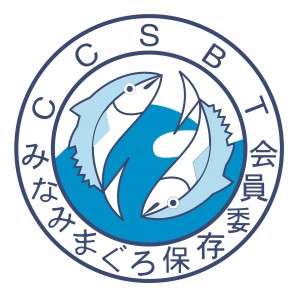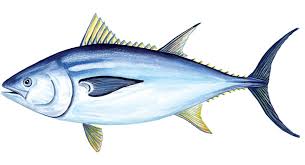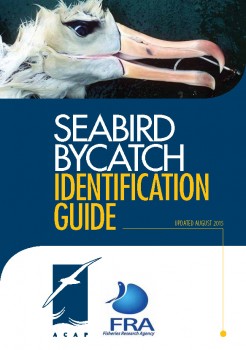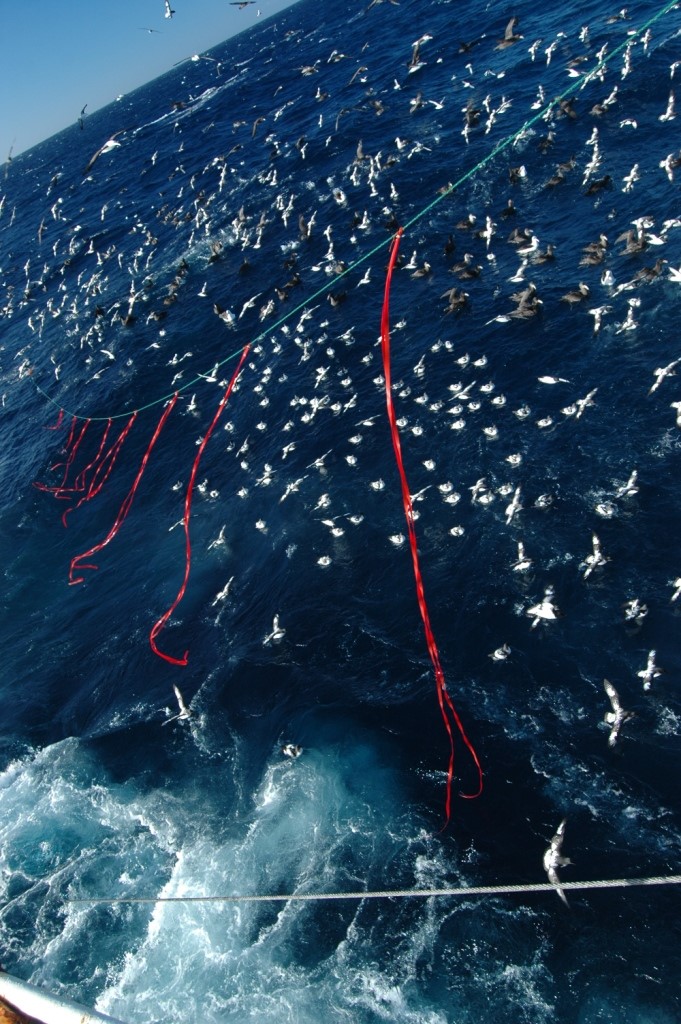Livingston Island belongs to the South Shetland Island group in Maritime Antarctica. It lies between Snow Island and Greenwich Island, approximately 110 km from the Antarctic Continent, separated by the Bransfield Strait. The Southern Giant Petrel Macronectes giganteus is the only ACAP-listed species breeding on Livingston Island, at two known localities, Byers Peninsula and Hannah Point (ACAP Breeding Site No. 86). Byers Peninsula is an ice-free rocky promontory supporting vascular plants, mosses and lichens.
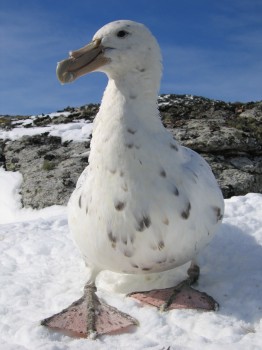
A white-phase Southern Giant Petrel in Antarctica, photograph by Michael Dunn
A population estimate for Southern Giant Petrels which breed mainly along the coastline is of c. 2793 individuals with 238 nests found over 17 km between Ocoa Point and Cerro Negro in 2008/09. An early estimate was of 216 pairs in 1965, suggesting little change over four decades, although the count areas differed somewhat.
Byers Peninsula has been designated as an Antarctic Specially Protected Area (ASPA No. 126; originally designated as a Specially Protected Area in 1966). In terms of the ASPA’s 2002 management plan entry is only by permit issued by an appropriate national authority. The peninsula is also a BirdLife International Important Bird Area (ANT054), designated for its Antarctic Tern Sterna vittata and Kelp Gull Larus dominicanus populations.
With thanks to Patricia Pereira Serafini.
Selected Literature:
ATCM 2016. Management Plan for Antarctic Specially Protected Area No. 126 Byers Peninsula, Livingston Island, South Shetland. ATCM XXXIX Final Report. pp. 51-74.
Harris, C.M., Lorenz, K., Fishpool, L.D.C., Lascelles, B., Cooper, J., Coria, N.R., Croxall, J.P., Emmerson, L.M., Fijn, R., Fraser, W.L., Jouventin, P., LaRue, M.A., Le Maho, Y., Lynch, H.J., Naveen, R., Patterson-Fraser, D.L., Peter, H.-U., Poncet, S., Phillips, R.A., Southwell, C.J., van Franeker, J.A., Weimerskirch, H., Wienecke, B. & Woehler, E.J. 2015. Important Bird Areas in Antarctica 2015. Cambridge: BirdLife International and Environmental Research & Assessment Ltd. 302 pp.
Gil-Delgado, J.A., González-Solís, J. & Barbosa, A. 2013. Populations of breeding birds in Byers Peninsula, Livingston Island, South Shetland Islands. Antarctic Science 25: 303-306.
Lynch, J.J., Naveen, R. & Fagan, W.F. 2008. Censuses of penguin, Blue-eyed Shag Phalacrocorax atriceps and Southern Giant Petrel Macronectes giganteus populations on the Antarctic Peninsula, 2001-2007. Marine Ornithology 36: 83-97.
Naveen, R. 1997. The Oceanites Site Guide to the Antarctic Peninsula. Chevy Chase: Oceanites Inc. 129 pp.
Naveen, R. 2003. Compendium of Antarctic Peninsula Visitor Sites 2nd Edition. A Report to the United States Environmental Protection Agency. Chevy Chase: Oceanites Inc. 381 pp.
Naveen, R., Forrest, S.C., Dagit, R.G., Blight, L.K., Trivelpiece, W.Z. & Trivelpiece, S.G. 2000. Censuses of penguin, Blue-eyed Shag, and Southern Giant Petrel populations in the Antarctic Peninsula region , 1994-2000, Polar Record 36: 323-334.
Patterson, D.L., Woehler, E.J., Croxall, J.P., Cooper, J., Poncet, S., Peter, H.-U., Hunter, S. & Fraser, W.R. 2008. Breeding distribution and population status of the Northern Giant Petrel Macronectes halli and the Southern Giant Petrel M. giganteus. Marine Ornithology 36: 115-124 & appendices.
Poncet, S. & Poncet, J. 2007. Southern Ocean Cruising Second Edition. Cambridge: Environmental Research & Assessment. 160 pp.
Maria Virginia Petry & Júlia Victória Grohmann Finger, Laboratório de Ornitologia e Animais Marinhos, Universidade do Vale do Rio dos Sinos, São Leopoldo, Brazil, 30 May 2017
EDITORIAL NOTE: photographs of Byers Peninsula and its Southern Giant Petrels are required to illustrate this account.

 English
English  Français
Français  Español
Español 